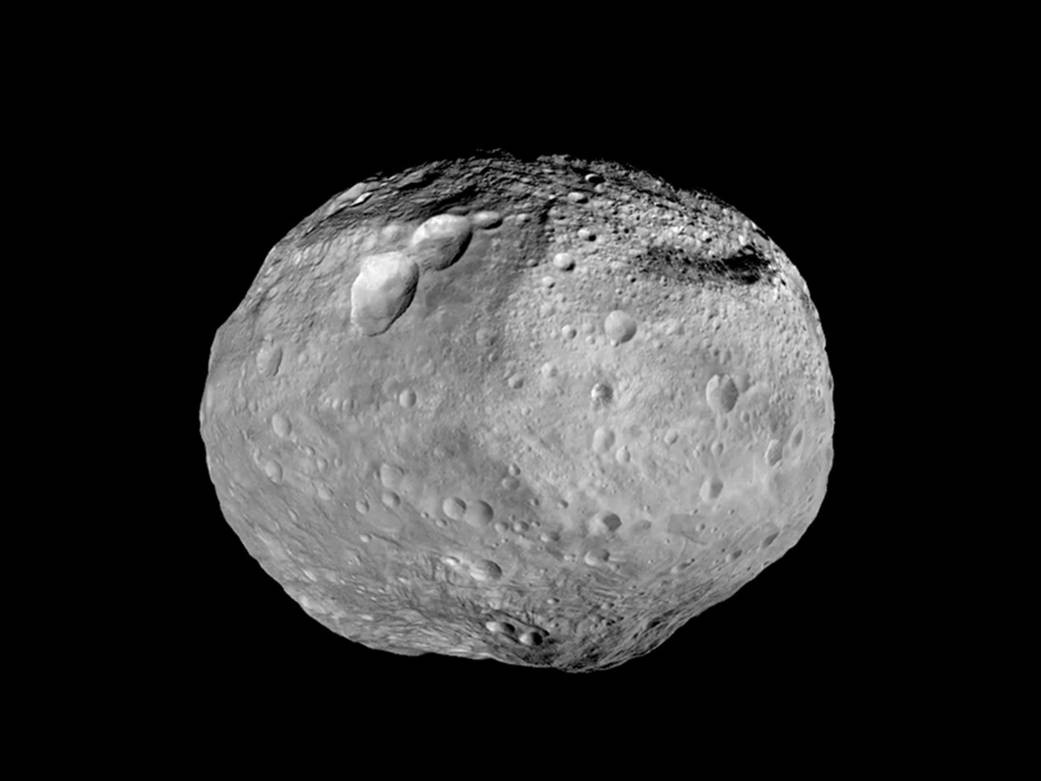Vesta is the 2nd largest asteroid and the parent body to many asteroid family members and meteorites that made their way to Earth. It was the target of NASA's Dawn mission, which orbited it for 14 months in 2011-2012. It's a leftover from the era of planet formation. But what kind of leftover? 1/7

Comments
A very strange leftover indeed. The team developed two competing hypotheses to explain this result. But first, how did we get here? 2/7
https://msutoday.msu.edu/news/2025/new-research-shatters-long-held-beliefs-about-asteroid-vesta
1) Incomplete planetary differentiation---the core started to form but the body cooled too quickly and most metal is trapped in small blebs throughout the body. This is consistent with Vesta being a failed planet, trapped forever in planetary childhood. 4/7
2) Vesta is a piece of planetary ejecta---giant impacts during the era of planet formation may have created lots of Vesta-sized debris (see figure from Asphaug et al., 2006). This debris would have had varying silicate-to-metal contents. 5/7
1. Meteorites from Vesta have been interpreted as being sourced from a fully differentiated world. No metal blebs or other signs of incomplete differentiation. 6/7